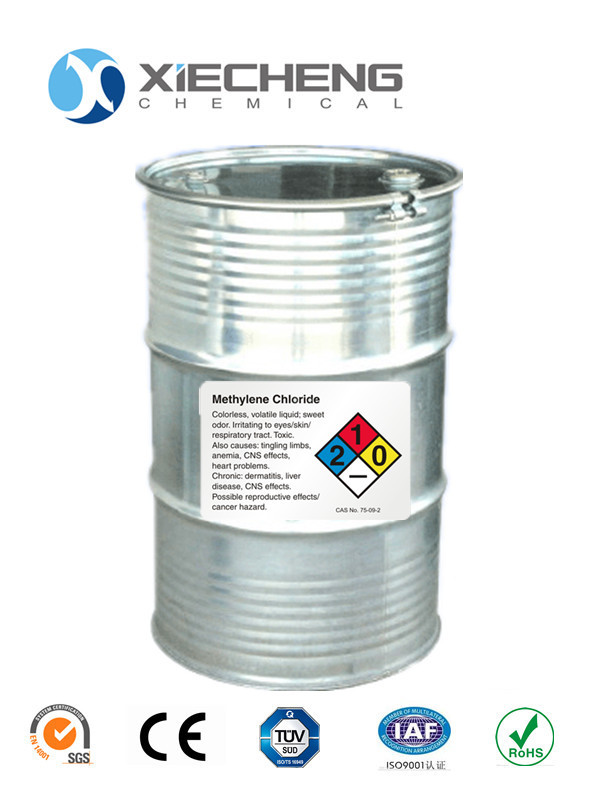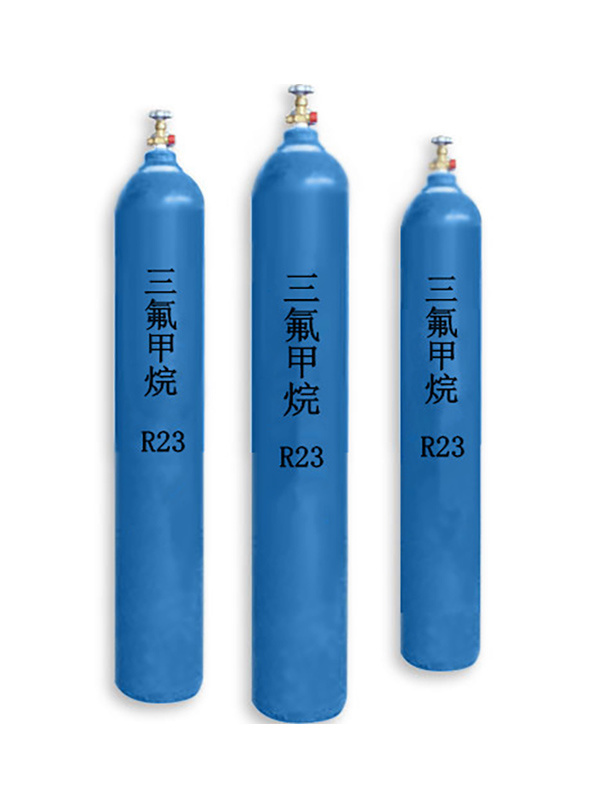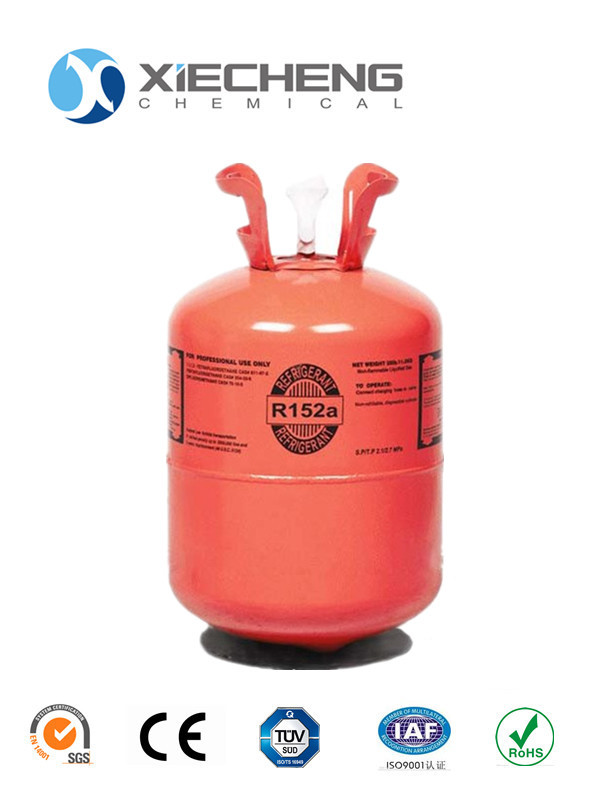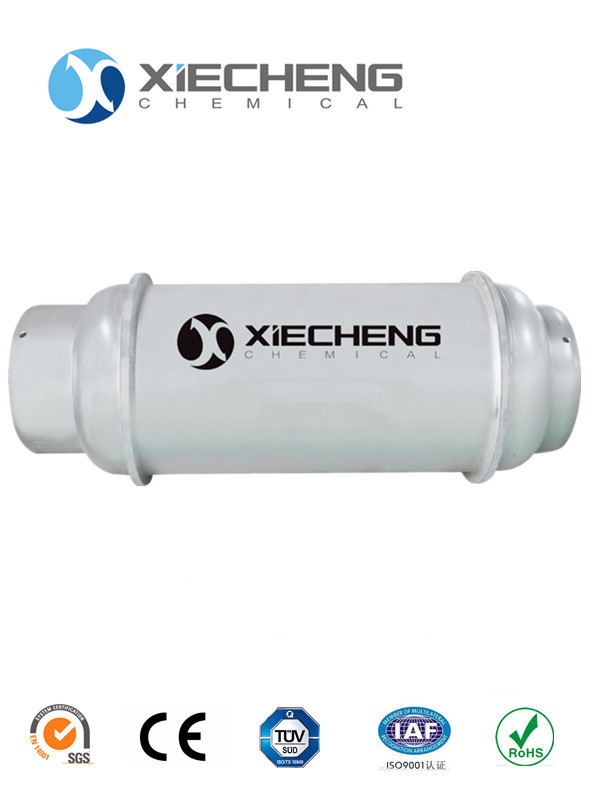
Packaging specifications: Reusable cylinders—400L, 800L, 1000L
ISO-TANK
Physical Properties
| Molecular Formula | CH3CF3 |
| Molecular Weight | 84.04 |
| Boiling Point (°C) | -47.2 |
| Freezing Point (°C) | -111 |
| Liquid Density 30°C (kg/m3) | 1300 |
| Critical Temperature (°C) | 72.9 |
| Critical Pressure (MPa) | 3.78 |
| Ozone Depletion Potential (ODP) | 0 |
| Global Warming Potential (GWP) | 4300 |
| Hazard Label | 4 (Flammable Gas) |
Quality Standard
| Purity | ≥99.90% | |
| Water Content | ≤0.001% | |
| Acidity | ≤0.00001% | |
| Residue on Evaporation | ≤0.01% | |
| Chloride (Cl-) Test | - | |
| Appearance | Colorless, clear | |
| Odor | Odorless | |
Main Applications
HFC-143a is used as a special refrigerant or a blending component for refrigerant mixtures such as R404, R408, and R507. It is an important component for replacing R-502.
Storage and Transportation
Store in a cool, dry, well-ventilated, non-combustible warehouse. Keep away from fire and heat sources. Store separately from oxidants and avoid mixing. Use explosion-proof lighting and ventilation facilities. Do not use machinery and tools that can easily generate sparks. The storage area should be equipped with emergency leak handling equipment.
Packaging specifications:
Reusable cylinders—400L, 800L, 1000L
ISO-TANK
Note
It can form explosive mixtures with air. Contact with heat, sparks, or flames can easily cause combustion and explosions. Heating releases toxic fluoride gases. The gas is heavier than air, can diffuse to a considerable distance at lower levels, and can ignite and backfire when encountering an open flame.
Emergency Response for Leaks
Quickly evacuate personnel from the contaminated area to the upwind side, isolate the area, and strictly restrict entry and exit. Cut off the ignition source. It is recommended that emergency responders wear self-contained positive-pressure respirators and fire-protective clothing. Cut off the leak source as much as possible. Ventilate properly to accelerate dispersion. If there is no danger, burn it in situ while spraying water to cool the surroundings and prevent other combustibles from catching fire. Or use pipelines to guide it to a furnace or pit for incineration. Leaky containers should be properly handled, repaired and inspected before reuse.
Protective Measures
Respiratory Protection: When the concentration in the air is high, a self-priming filter-type gas mask (half mask) or an air respirator should be selected depending on the concentration of the pollutant gas and whether the working environment is hypoxic.
Emergency First Aid
Inhalation: Quickly remove the person from the scene to fresh air. Keep the airway open. If breathing is difficult, provide oxygen. If breathing stops, immediately perform artificial respiration.
Keywords

R143A
Contact Information
Product Categories
Inquire Now
If you are interested in our products, please leave your email address, and we will contact you as soon as possible, thank you!









